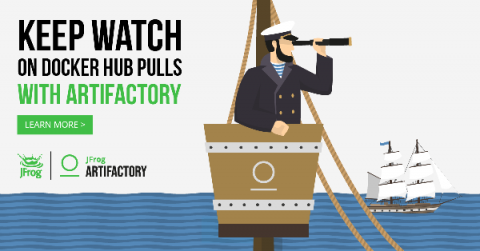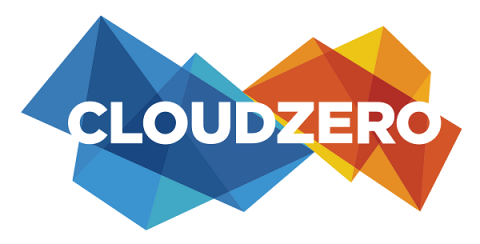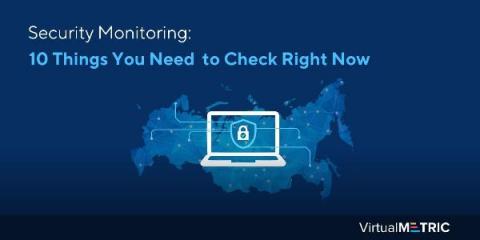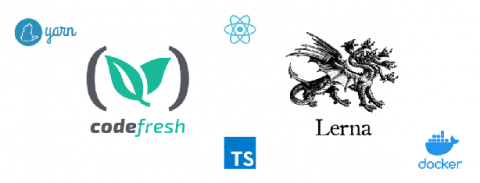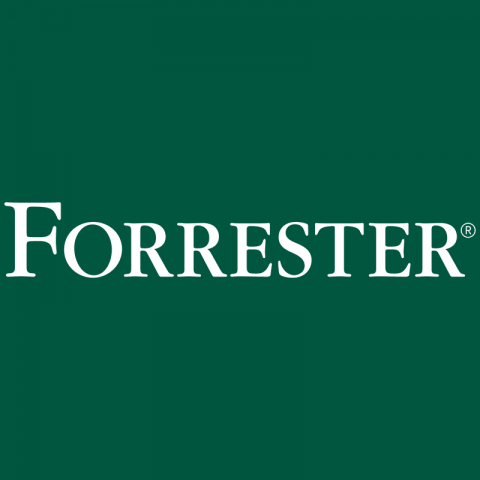Operations | Monitoring | ITSM | DevOps | Cloud
Latest News
Docker: Secure, but comfortable images.
While developing Docker images for Icinga 2, Icinga Web 2 and Icinga DB we stumbled over OpenShift which doesn’t allow images to run as root by default. One has to enable that explicitly. Also admins of K8s environments being more permissive by default may decide not to allow running as the superuser. So we’ve added a USER directive to our Dockerfiles to make our customers‘ compliance departments happy.
How Our Roots in Observability Set Us up To Calculate Cost per Tenant on AWS
It’s safe to say that cost per tenant (also known as cost per customer) on AWS has been a challenging metric to obtain. Until now, your best bet has usually been to either make a best guess or build some sort of homegrown system. As of November 4, 2020, when you google “cost per tenant,” you get a few things at the top of the page. The first is a couple of blogs by AWS, where they describe an extraordinarily complex system, which you can build yourself.
What is, how to install WSL2 and why is it great news for the IT industry?
Before diving into what WSL2 is, how to install it, and how to use it – which we will – I would like to add some background information you might relate to if you were born in the 80s like me. From a very young age I have felt attracted to computers, and in my childhood they were not as common as they are today, when almost everyone has one within reach. I think my first encounter with a computer was when I was 11 or 12 years old, with an old computer that my father had in his office.
Monitor Snowflake with Datadog
Snowflake is a cloud-native data platform that enables users to easily store, manage, analyze, and share high volumes of structured and semi-structured data. Whereas traditional data architectures often consist of multiple databases, data warehouses, and data lakes, Snowflake breaks down the silos between your different data sources and serves as a single source of truth for a wide range of simultaneous workloads.
Security Monitoring: 10 things you need to check right now
One of the most crucial aspects of network monitoring is security monitoring. Security breaches are more common now than ever before. The whole integrity of your network is at stake if even one node gets attacked. This is why it’s vital that businesses rely on a central network security software that continuously monitors the effectiveness of the security measures in place. Having network security tools is just a small part of the bigger picture.
Fine-tuned container infrastructure: Defining different sets of instance types per node group
Spot by NetApp’s Ocean continuously ensures all pod requirements are met for immediate scheduling by Kubernetes on the right nodes with intelligent bin-packing for optimal resource utilization. In some cases applications will have instance type dependencies, meaning that the application will run optimally on a specific set of cloud compute instances.
Managing Your Typescript Monorepo With Lerna and Codefresh
Managing dependencies across multiple repositories and implementing updates to multiple repositories at the same time can be a time consuming and error-prone task. Thus, organizations have taken the approach of managing multiple projects in the same repository, called a Monorepo. The benefits of using a Monorepo become clear with the right tooling. One of those tools is Lerna, which can be used to manage Node-based Monorepos.
Analyst Report: Zenoss Gets Highest Possible Score in Infrastructure and Cloud Monitoring
How 2020 Turned Cloud Unit Economics Upside Down
Do you know how much it costs to operate your software per customer, at each pricing tier? The past six months have been highly unusual to say the least. For some companies, the disruption and shift to work from home meant 100x in usage almost overnight; for others usage completely collapsed in the same time period. These sharp swings in utilization have been disruptive to cloud unit economics. Both scenarios are risky and require extreme elasticity from the technical infrastructure.


